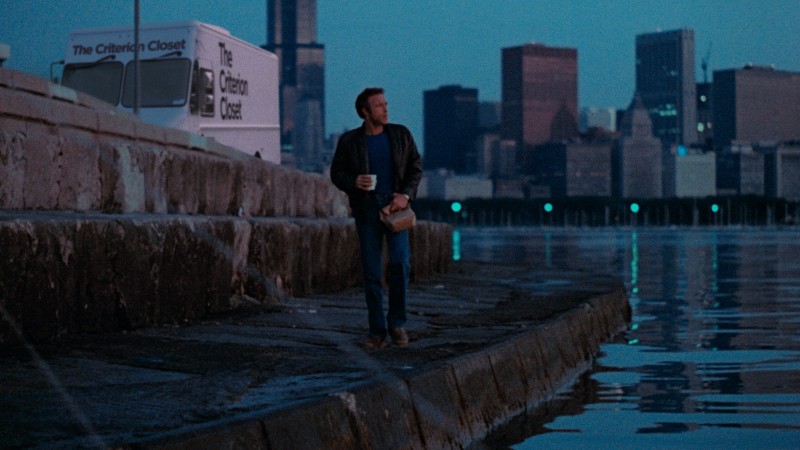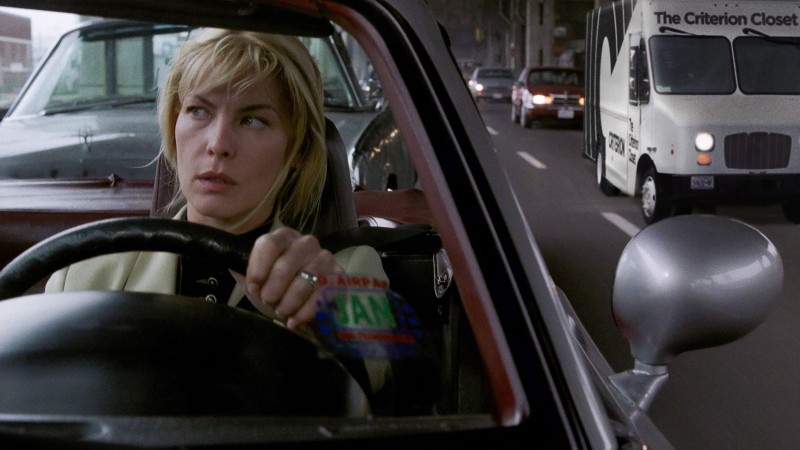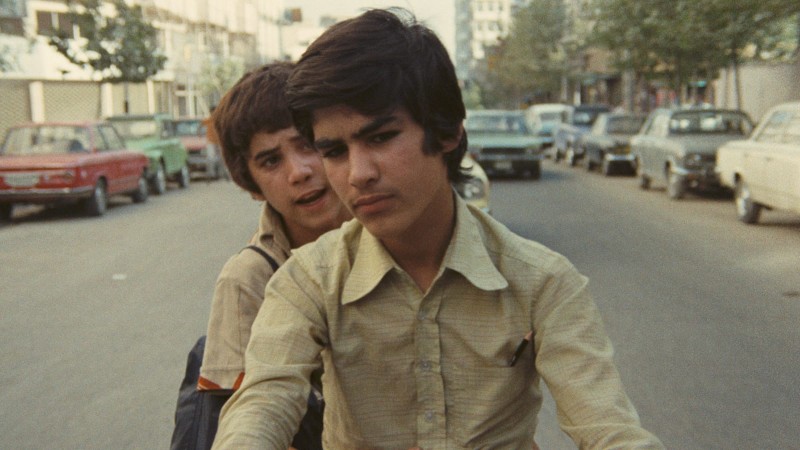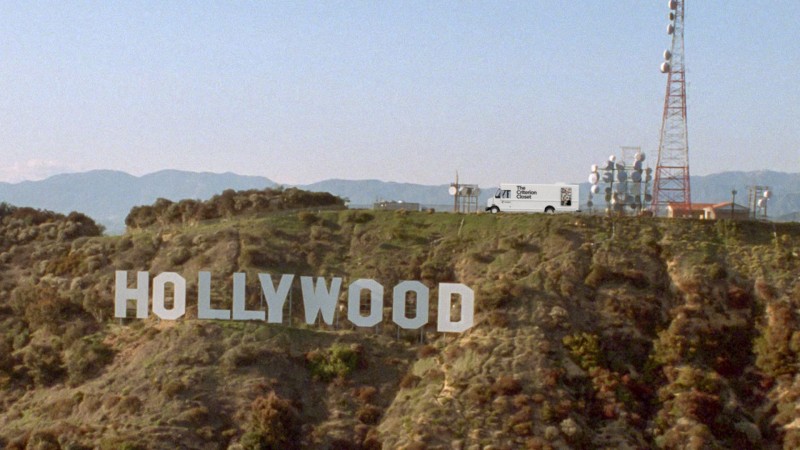Why Dual-Format?

Last week, we announced that in November, Criterion will begin releasing dual-format editions, including both DVD and Blu-ray discs in one package. The response was overwhelmingly positive, but we knew there would be questions. The most common by far were: “Will the package be Blu-ray or DVD size?” (Answer: Blu-ray size, except the Zatoichi box, which will be Blu-ray height in one dimension, DVD height in the other.) “Will it take up more space on my shelf?” (Not if we can help it.) And “Is this going to be true forever?”(Nothing is forever, but as long as it works we’ll keep doing it.)
Those were the easy questions, but we knew there was another, tougher set of questions, because they were the same ones we had wrestled with as we arrived at our decision: “Aren’t you just making DVD customers buy discs they can’t use and Blu-ray customers buy discs they don’t want? Doesn’t this mean lots of waste? Aren’t DVD customers worse off, because they’ll pay more? Why are you doing this? And why now?”
It’s been five years since Criterion announced its first Blu-ray titles. During that time, we’ve taken measures to support our audience no matter which format they prefer. Every Blu-ray release has always been available on DVD as well, and as DVD pressing prices dropped, we’ve even passed along some savings to our DVD customers by pricing new DVD releases at $29.95 instead of our traditional $39.95.
Today, something like 60 percent of the discs we sell are Blu-rays, 40 percent DVDs. The good news is that the growth of Blu-ray has more than made up for the slide in DVD, and our overall audience is growing. But now, instead of having one physical product to produce we have two, and that’s where the problem starts.
The only way we can afford to produce the packages we are known for is to print large runs, because at small quantities the cost per unit kills any hope of breaking even. Larger quantities may cost more up front, but as long as we sell the copies, we can capture the savings over time and deliver you a better, more beautiful product.
Having two physical packages to produce has cut those economies of scale in half. Instead of one big, cost-effective run of DVD packaging, we now need two different runs, each about half as big, one for Blu-ray and one for DVD. But to make the packaging affordable on a per-unit basis, we still need to run the original big, cost-effective quantity of each, meaning, essentially, making twice what we need. The Blu-ray may sell briskly, and the packaging may need to be reordered fairly soon, but the DVD stocks will take longer to dwindle. When we finally run out of DVD packaging, printing another big, cost-effective run will not be an option, because we would never sell enough of the copies to pay for the packaging. And at the price for printing a small run, we might be losing money on every copy we sell. What do we do?
Looking around the industry, we saw lots of answers we didn’t like. We could stop making beautiful, substantive packaging, but that wasn’t really an option. We could stop making DVDs, but that would mean cutting off 40 percent of our customers, including most schools, libraries, and universities. We could just take the DVD out of print after its initial run, but we have always strived to keep all our titles in print as long as we have the rights to them. We could strip down the DVD packaging after the initial run and drop the booklet, but then we wouldn’t be publishing the edition we think our customers deserve. None of those solutions would serve our DVD customers well, and more importantly, all of them would run counter to our mission to keep up the quality of our product and serve our audience as well as possible, regardless of which format they prefer.
The model we kept returning to was dual-format releasing, and the more we looked at it, the more sense it made. What seemed like more waste was actually less. Instead of printing big overruns on two packages, we could now make one big, efficient run again. That would mean less wasted packaging. Discs can be printed in small quantities as needed, so there would be no wasted inventory there either. The savings we’d been passing along to DVD customers had evaporated at this point, but while DVD customers would be back to paying a higher price, they would also be getting a product that was “future-proofed” against the day when they might upgrade to Blu-ray. Blu-ray customers would not pay more for the addition of the DVD discs, so they would be no worse off, and they could even use their DVD copies as loaners to introduce their friends to their favorite films. Most importantly, it would allow us to continue to publish the best possible product, which is what we think you want from us.
So that’s how we got here. We’re still finding our way a bit, but we have a good feeling about this. We’ll still release straight Blu-ray upgrades from time to time, but you can expect all of our new Criterion releases to be dual-format for the foreseeable future. Occasionally, we’ll retire existing DVD and Blu-ray editions and replace both with a single dual-format edition. We’ll continue to use a mix of plastic and paper packaging, but we’re going to do our best to make sure the new packaging doesn’t take up extra space on your shelf. (Check out how compact the Zatoichi set is!) All special features on Criterion discs will appear on both formats, but Eclipse will remain a DVD-only line, in keeping with its original goals and identity.
That pretty much covers the range of questions we received after last Thursday’s announcement. For us, all the questions boil down to one: how can we serve the films and the audience, make the best thing we know how to make, and make enough money to do it all over again tomorrow? Today, the best answer to that question is releasing dual-format editions. We’ll see how that shakes out!



